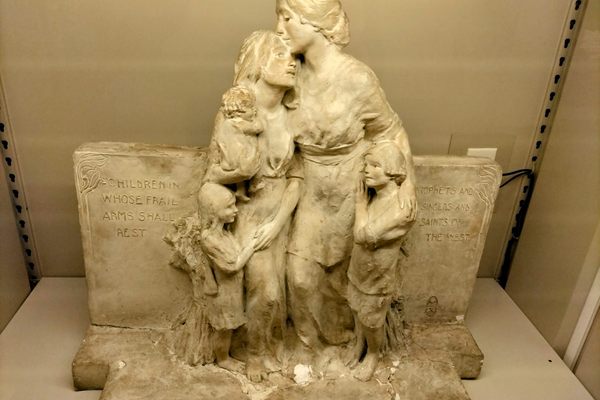About
Seen from the main road, Mwenge Woodcarvers Market could hardly be more nondescript, but enter through the opening in the center and you'll find yourself standing in the middle of around 100 stores displaying a wide array of wonderful woodwork.
Most of the woodcarvings in the stores are neatly polished and displayed in orderly fashion. You can find most imaginative reinventions of everyday objects, various ornaments that range in size from miniature figurines to life-size statues of humans and animals. One special feature of this market is that you can actually see the artists working on the sculptures.
Shop #47 stands out at Mwenge Woodcarvers Market for its huge collection of ceremonial masks collected from all over Africa. The shopkeeper can provide information regarding the masks’ countries of origin, approximate age, and use. As the masks come from different regions of Africa, they were carved out of different kinds of wood, which is evident in the rainbow of grains and colors.
Most masks are colorfully painted—red, black, orange, brown, and white are the most common—and some are adorned with ornamental items including seashells, metal, pottery, horns, teeth, straw, fabric, and hair. The quality and complexity of the mask reflects the importance of the ritual it was used in. In religious rituals, masks can symbolize a specific spiritual being, and as a rule of thumb, the more important the divinity, the more elaborate the mask.
While some masks resemble an abstract version of a human face, others portray animals’ muzzles with different degrees of anthropomorphism. In the latter case, the mask wearer inhabits the intermediate world between human and animal, and as such he or she can communicate with both.
A legitimate question to ask is whether these masks were produced for the market or for ceremonies. This is a question that not even the most expert in the field can answer with certainty, especially if considering that a woodcarver may well produce a number of masks with comparable quality and artistry, some of which may find their way to the market, while others may be selected for specific rituals.
Related Tags
Community Contributors
Added By
Published
June 19, 2018




































